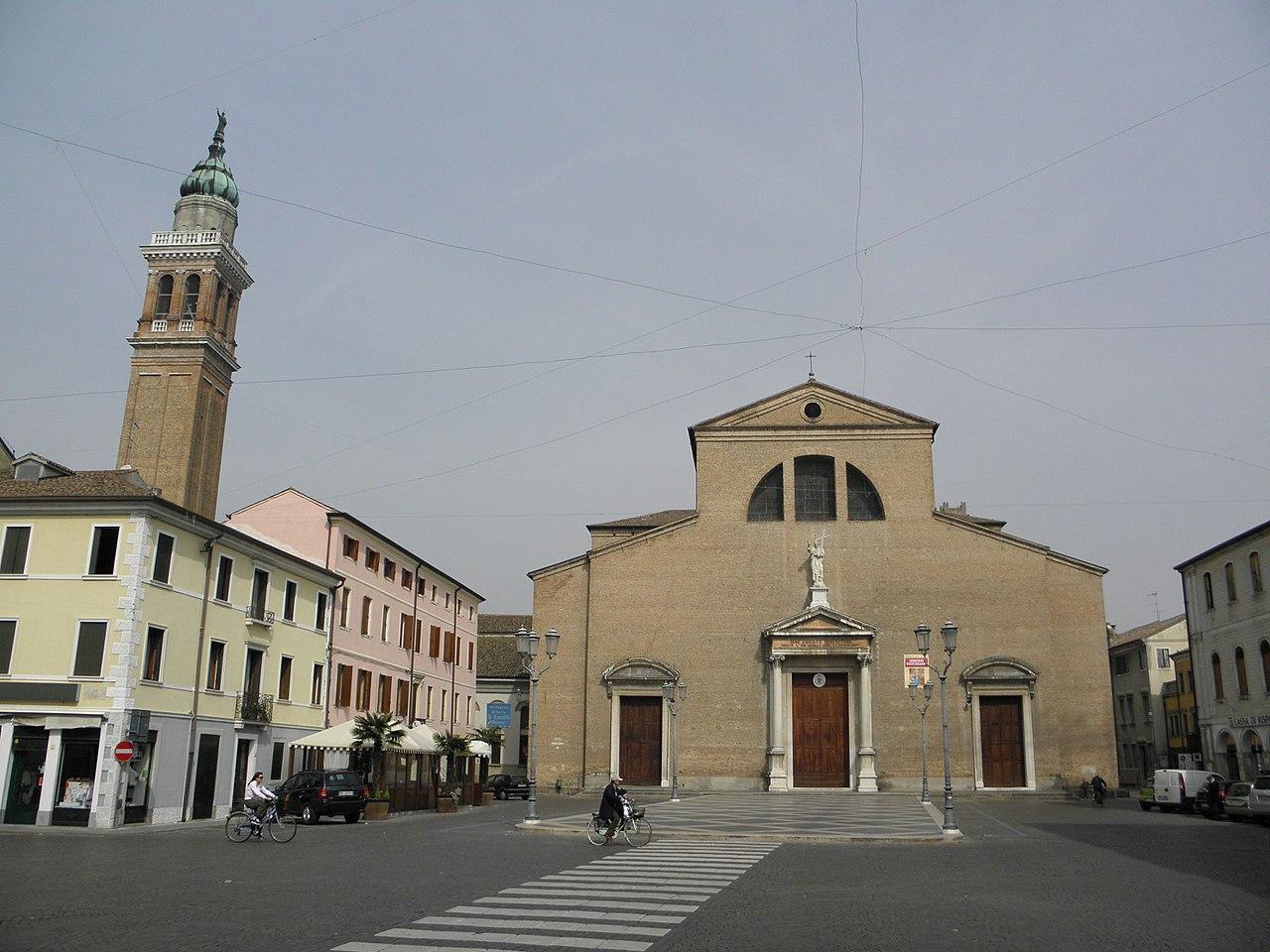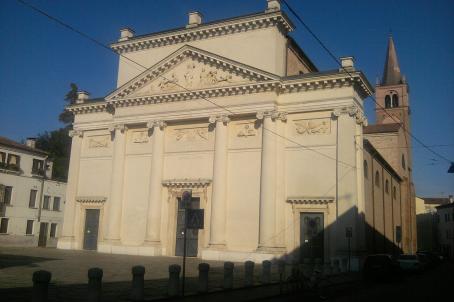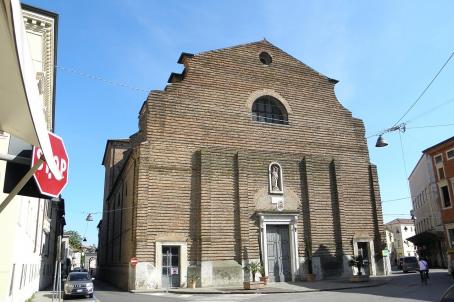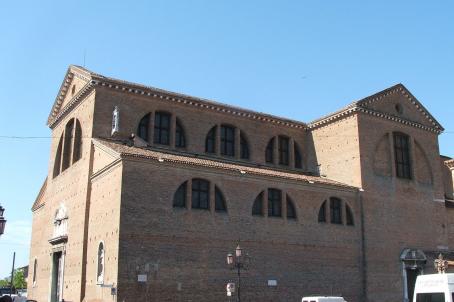Adria Cathedral

The Cathedral of Adria, dedicated to Saints Peter and Paul, was built at the beginning of the 19th century from a pre-existing 14th century building. The cathedral houses frescoes, a bas-relief dating back to the 6th century and beautiful cupboards sculpted by Jacopo Piazzetta.





